
Life sciences writer Susan Milius has been writing about botany, zoology and ecology for Science News since the last millennium. She worked at diverse publications before breaking into science writing and editing. After stints on the staffs of The Scientist, Science, International Wildlife and United Press International, she joined Science News. Three of Susan's articles have been selected to appear in editions of The Best American Science Writing.

Trustworthy journalism comes at a price.
Scientists and journalists share a core belief in questioning, observing and verifying to reach the truth. Science News reports on crucial research and discovery across science disciplines. We need your financial support to make it happen – every contribution makes a difference.
All Stories by Susan Milius
- Plants
How dandelions rig the odds for catching upward gusts
New images reveal microstructures that, depending on how the wind blows, help give a dandelion seed lift-off or the grip needed to wait for a better breeze.
-
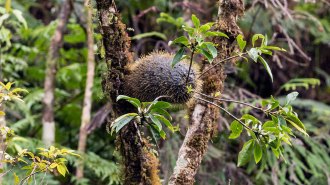 Plants
PlantsThese plants build ant condos that keep warring species apart
The unique architecture of some ball-like plants high in trees in Fiji lets violent ants live peacefully and feed the plant with valuable droppings.
-
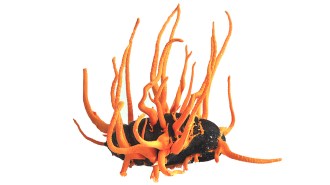 Life
LifeWhy these zombie caterpillars can’t stop eating
Sneaky chemistry by a real-life “Last of Us” Cordyceps fungus mind controls its zombie insect victims by convincing them they’re starving.
-
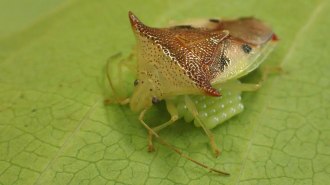 Animals
AnimalsThis bug’s all-in helicopter parenting reshaped its eggs
An egg-shape trend found among birds shows up in miniature with very protective bug parents. Elongated eggs fit more compactly under mom.
-
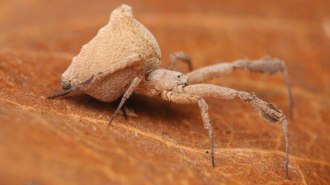 Animals
AnimalsThis spider’s barf is worse than its bite
Most spider species subdue dinner by injecting venom from their fangs. Feather-legged lace weavers swathe prey in silk, then upchuck a killing brew.
-
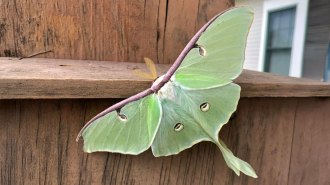 Animals
AnimalsHow luna moths grow extravagant wings
Warm temperatures, not just predator pressure, may favor luna moths’ long bat-fooling streamers, a geographic analysis of iNaturalist pics shows.
-
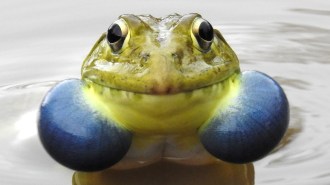 Animals
AnimalsFrog ribbits erupt via an extravagant variety of vocal sacs
Shape matters as well as size in the great range of male frog show-off equipment for competitive seductive serenades.
-
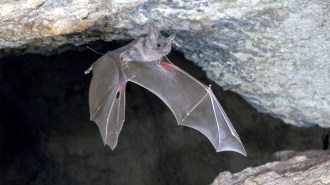 Animals
AnimalsBats wearing tiny mics reveal how the fliers avoid rush hour collisions
As thousands of bats launch nightly hunting, the cacophony of a dense crowd should stymie echolocation, a so-called “cocktail party nightmare.”
-
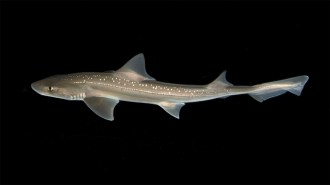 Animals
AnimalsIs that shark ticking? In a first, a shark is recorded making noise
The ocean can be a symphony of fish grunts, hums and growls. Now add tooth-clacking sharks to the score.
-
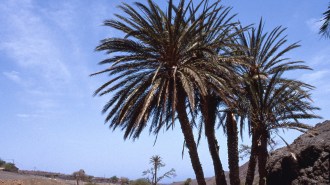 Plants
PlantsA nearly century-old dead date palm tree helped solve an ancestry mystery
The iconic Cape Verde date palm came from commercial trees gone feral and could provide genetic variety to boost the resilience of its tamer relatives.
-
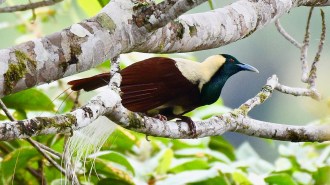 Animals
AnimalsHow fish biologists discovered birds of paradise have fluorescent feathers
A survey of museum specimens reveals that more than a dozen species of the birds sport biofluorescence in feathers, skin or even inside their throats.
-
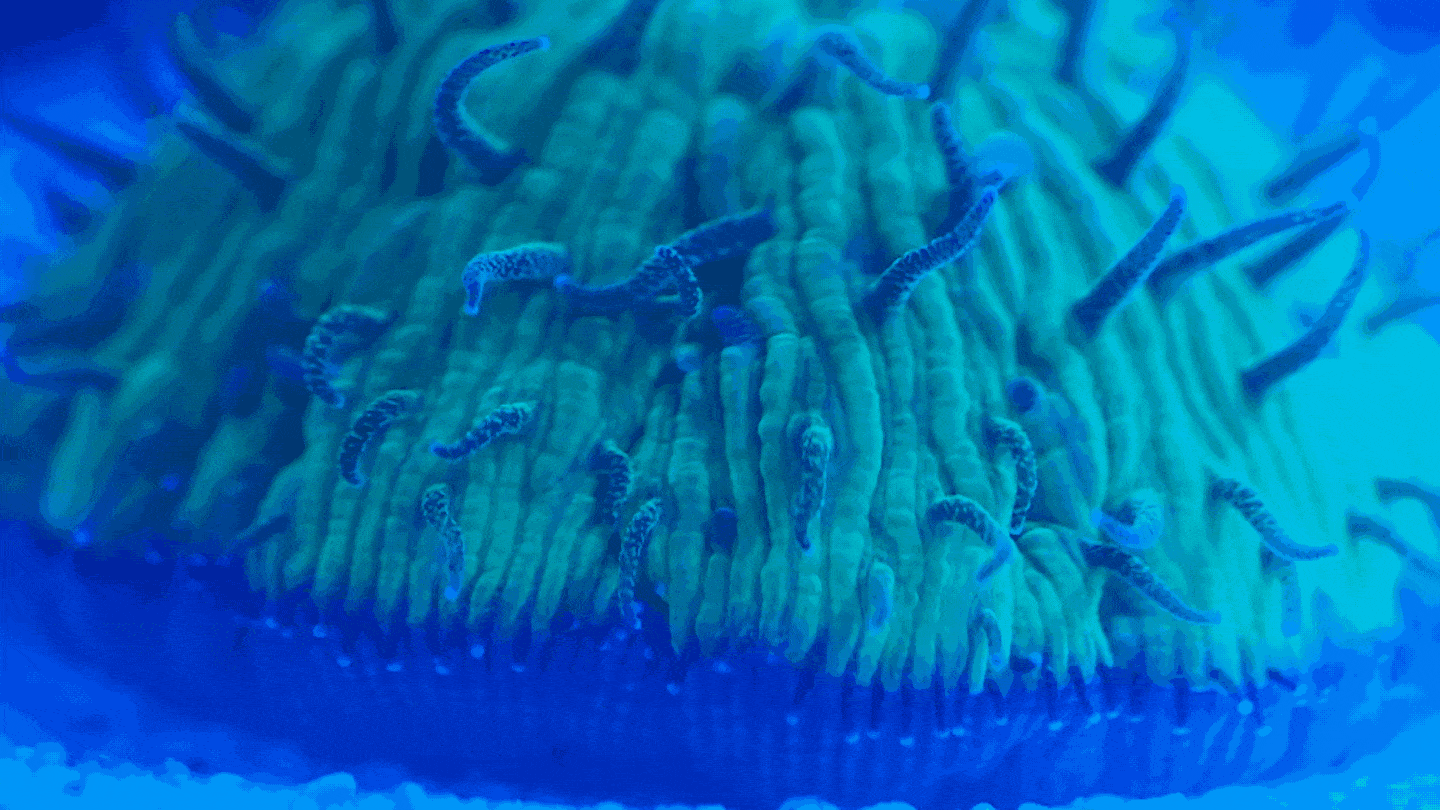 Animals
AnimalsHow a mushroom coral goes for a walk without legs
Time-lapse video shows how a mushroom coral polyp pulses and inflates, flinging its soft body into micro-hops to slowly move itself to a new location.